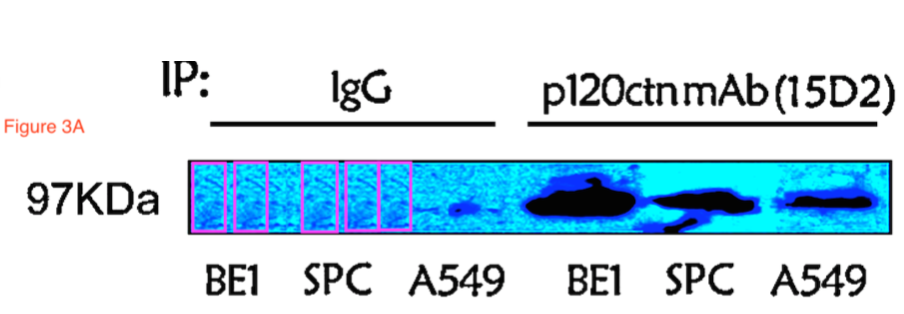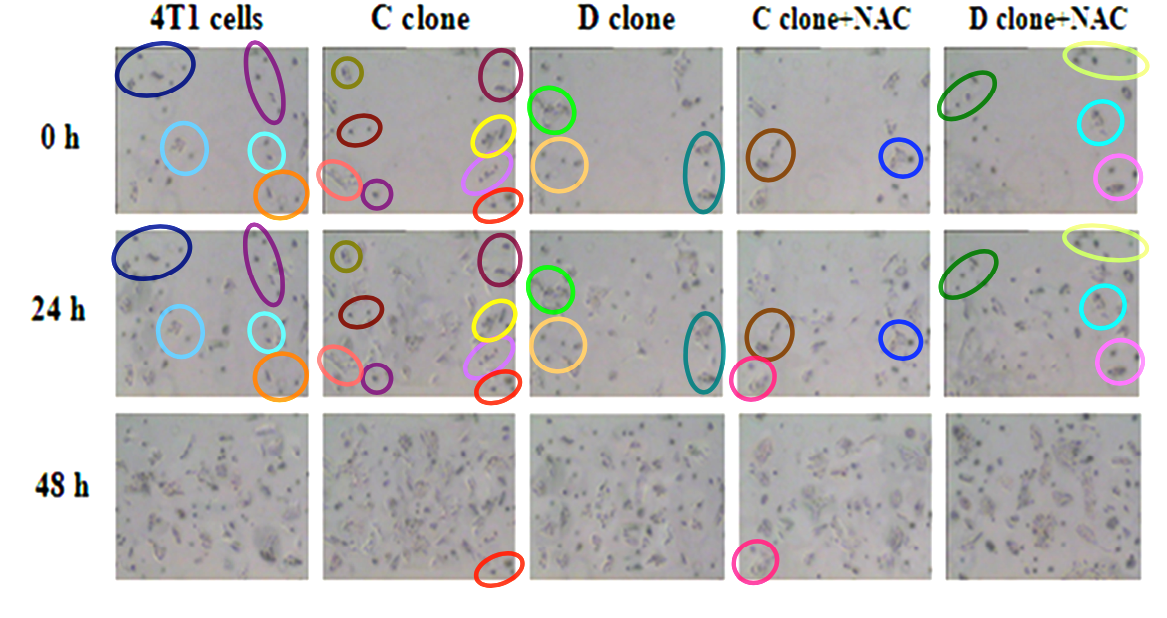This is Part 2 of a series of 3, which also includes Part 1: Plagiarism, and Part 3: Fabrication.
In Part 1 of this series, I showed some examples of plagiarism in scientific papers, which the Office of Research Integrity (ORI) considers one of the three forms of Research Misconduct. Here, we will look at the second type of misconduct, falsification. ORI defines falsification as follows:
“Falsification is manipulating research materials, equipment, or processes, or changing or omitting data or results such that the research is not accurately represented in the research record.”
Office of Research Integrity: Definition of Research Misconduct
Note that “Falsification” and “Fabrication” are not always easy to distinguish. Fabrication is making up data, so reporting on experiments that never happened or patients that never existed. Falsification is different in that an experiment might have taken place, but that some measurements were altered. Although the definitions appear to be very different, the reuse of an image to represent two different experiments could be interpreted as either falsification (changing data) or as fabrication (making up data). For now, I will file these under falsification.
Here are some examples of research falsification; but again, note that several of these might also be interpreted as fabrication.
- Removing an outlier from a series of measurements
- Changing a measurement to make it look higher or lower
- Adjusting the brightness of one particular gel band, but not the other bands in the same photo
- Adding error bars to single measurements to suggest multiple measurements were performed
- Re-using the same Western blot (either in the same orientation, or mirrored, rotated, or stretched) to represent a different experiment
- Showing two overlapping microscopy images to represent 2 different experiments
- Presenting data as if derived from cell line A while it was obtained from cell line B
- Duplicating some cells on a photo to make it look like a treatment resulted in a higher cell density
Falsification cases in the news
Here are some well-documented cases where researchers had to retract papers because of data falsification. I will write more about these in future posts.
- Andrew Wakefield’s Lancet paper on MMR vaccines and autism
- Haruko Obokata‘s Nature papers on STAP treatment to make cells pluripotent
- Hwang Woo-suk‘s research on stem cell cloning
Image duplication suggestive of misconduct
One of the most often encountered- because most visible – problems with scientific papers are duplicated images. In a screen of 20,000 biomedical papers, my coauthors, Arturo Casadevall and Ferric Fang, and I found that 4% of them contained duplicated photos within the same paper (Bik et al. 2016 – The Prevalence of Inappropriate Image Duplication in Biomedical Research Publications – mBio 7(3):e00809-16. doi:10.1128/mBio.00809-16). Some of these duplicated panels were exact copies, and those could be honest errors. But others were mirrored/overlapping or even manipulated, which are suggestive of misconduct.
Here are some examples, all from papers that have been retracted. On the left you will see the original figure; on the right the figure (sometimes made a bit darker to enhance contrast) with colored boxes depicting areas that look very similar to each other.
In these photos, overlapping microscopy photos or similar-looking Western blots suggest that the same sample was used to represent multiple experiments.

Left: original image. Right: colored boxes show regions that look similar.

Left: original image. Right: colored boxes show regions that look similar.

Left: original image. Right: colored boxes show regions that look similar.
Image manipulation suggestive of misconduct
In the above example, I showed some images with potential regions of overlap. There are also cases in which the same feature is visible multiple times within the same photo. This is often called “cloning” by photographers. Or, in other cases, certain parts of 2 photo look very similar but other parts don’t, because certain parts appear to have been added or taken out. Here are some examples of possible photo manipulation (again, all from retracted papers):



Falsification cases from ORI
The Office of Research Integrity regularly publishes case summaries of research misconduct, usually about research performed with USA federal grant money. Here are some cases of interest from the ORI website:
- Case Summary: Poehlman, Eric T
- Case Summary: Sudbø, Jon
- Case Summary: El Remessy, Azza
- Case Summary: Elqutub, Maria Cristina Miron
- Case Summary: Potti, Anil
Further reading
- Testing Hypotheses on Risk Factors for Scientific Misconduct via Matched‑Control Analysis of Papers Containing Problematic Image Duplications – Fanelli D et al. – Sci Eng Ethics – 2018
- University of Tokyo probe says chromosome team doctored images – Dennis Normile – Science – 2017
- Management researcher admits to falsification, resigns – Victoria Stern – Retraction Watch – March 2018
- Can you rescue a damaged reputation? – Beryl Lieff Benderly – Science – 2016
- Replication, falsification, and the crisis of confidence in social psychology – Earp BD and Trafimow D – Front Psychol. 2015; 6: 621.
- Falsification: Was Karl Popper Wrong About Science? – Alex Berezow – ACSH – 2016
- Stem cell paper falsification leads to firing; Nobelist also penalized – Victoria Stern – Retraction Watch – March 2018
Prominent physicist loses paper over data falsification – Adam Marcus – Retraction Watch – March 2017

Is improper randomization technique part of falsification. Would be interested in your opinion on PREDIMED.
LikeLike
Falsification is usually discussed in the context of altering data or images. What about the situation where researchers claim they have performed a systematic review of the literature on a topic but probably actually didn’t. They follow the PRISMA reporting guidelines which require among other things an electronic version of one of their searches. However, careful inspection suggests that the articles they include in their review were not selected by the search but were just hand-picked, and that the ‘search strategy’ they describe was actually reverse-engineered, not completely successfully, to identify the articles that they had already selected. Is that falsification if they didn’t really perform a systematic search but claim they did?
LikeLike
Tough question, in part because I am not familiar with the guidelines on how to write these. It is falsification for sure if they handpicked favorable articles and not included specific articles, but it is going to be very hard to prove for a reviewer or reader.
A lot of falsification is actually hard to prove unless you are sitting next to the researchers performing the experiments, or if you have detailed lab books to look in. Cases of falsification/fabrication that are caught are usually because authors left visible traces, such as duplicated cells in the same photo. It has me and others worried that many misconduct cases will remain unnoticed.
LikeLike
Respondent engaged in misconduct in science and research misconduct by falsifying data presented in Figure 4B of 2005 showing SDS-PAGE for papain digestion of VBS3 and VBS, by falsely labeling lane 1 to represent papain only digestion, by falsely labeling lane 5 to represent papain digestion of the VBS peptide, and by falsely inserting a band in lane 3 to represent the VBS peptide.
LikeLike
Just a typo – the ORI Case Summary Subdo, Ion – should be Jon Subdo (Jon Sudbø)
LikeLike
Thank you! Fixed.
LikeLike